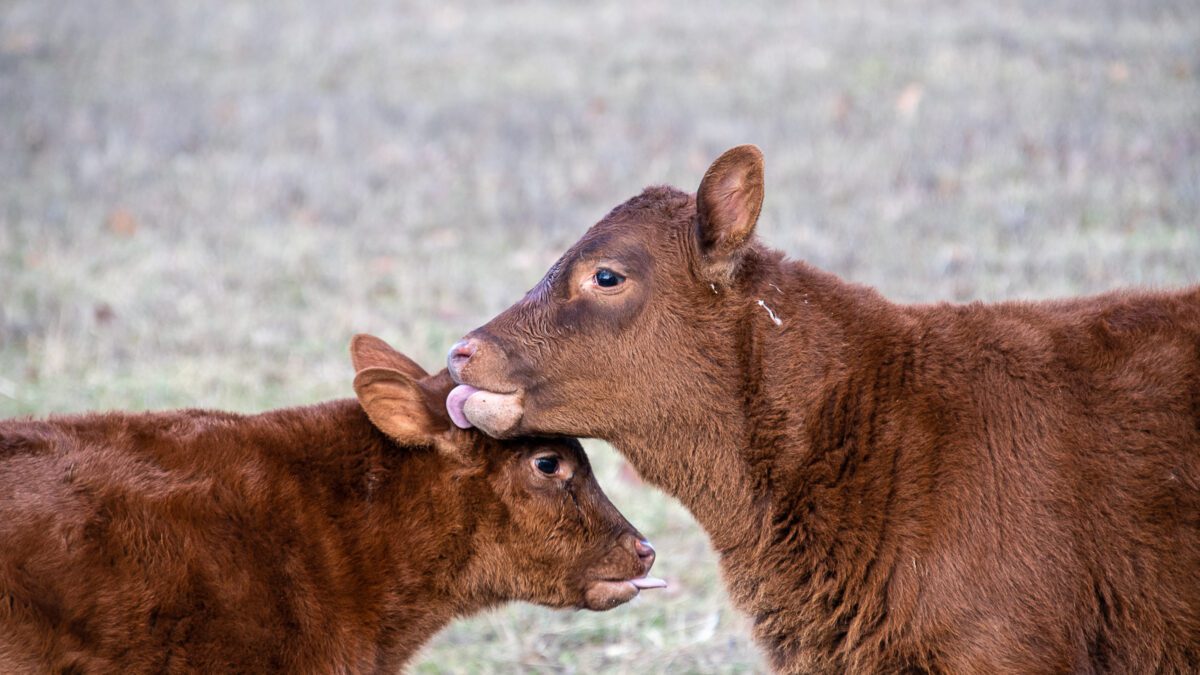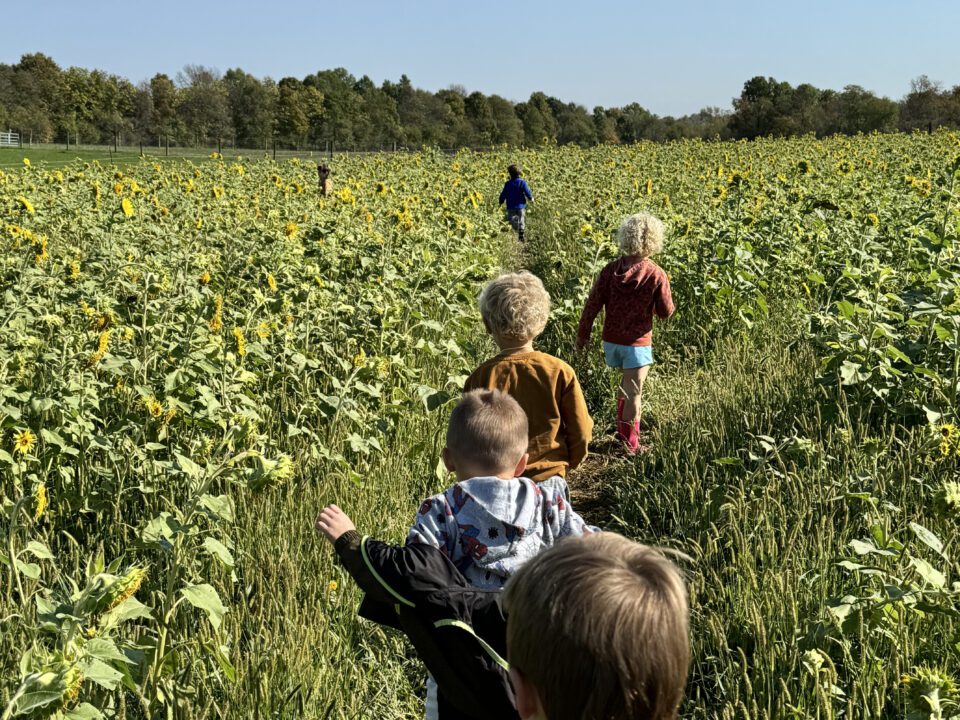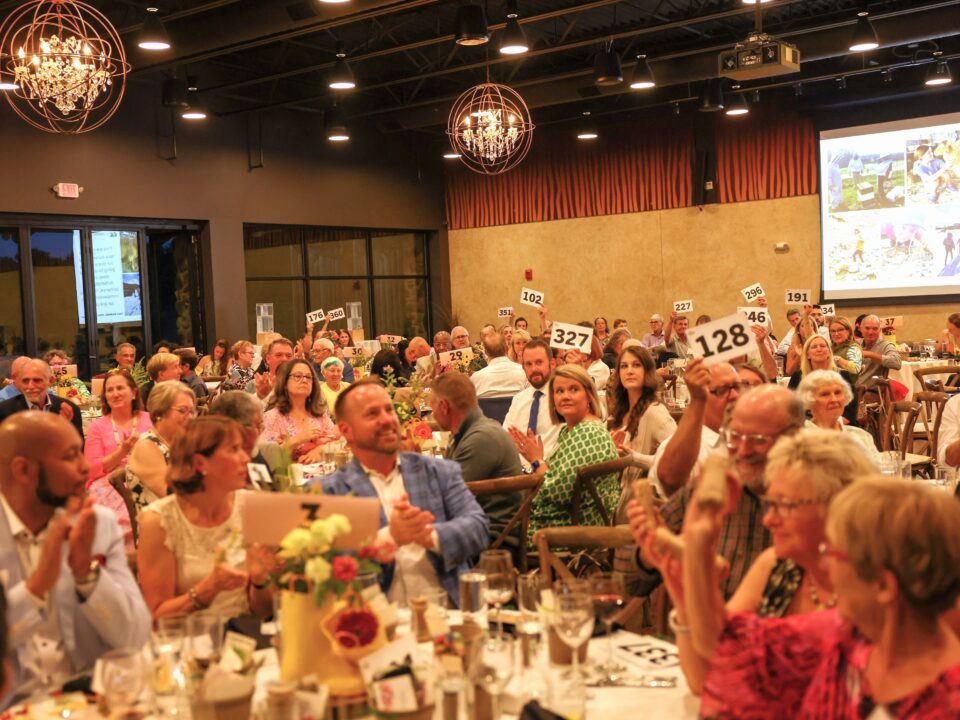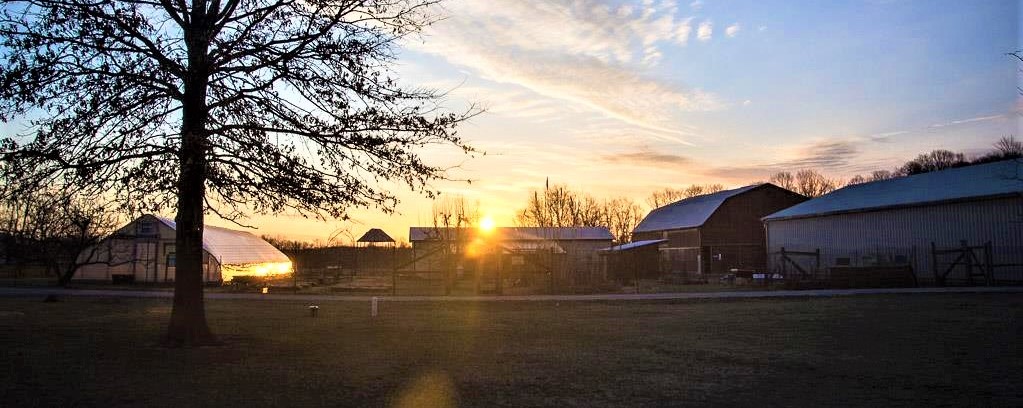
Auction Bid Takes Bidder by Surprise
October 1, 2011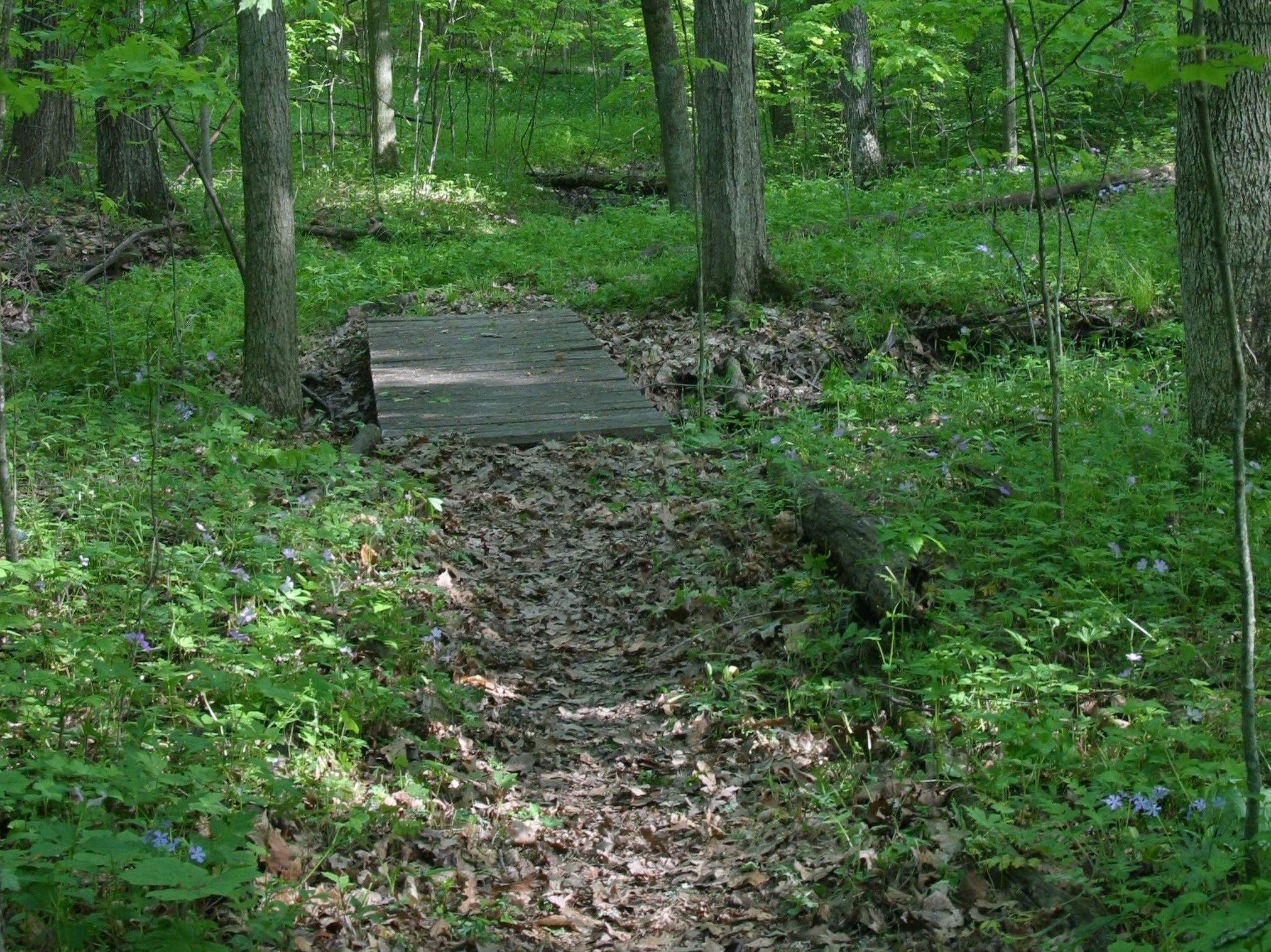
New Trails Blazed at Stratford Ecological Center
December 3, 2011Published in The Delaware Gazette: November 5, 2011
It was a pleasure to take advantage of the recent sunny days and enjoy the colors in the woods at Stratford Ecological Center on Liberty Road. Our trees are holding their leaves far longer than the suburban trees.
I recently joined a group of 11-year-old home-schooled children experiencing their first day in the science related “Sunship Earth” program. The morning was used to introduce them to the earth, before the more technical days ahead, and accustom them to getting dirty. That turned out to be an easy assignment, as they found every muddy and water-filled rut and slid down every slope, despite a scarcity of boots.
After lunch there was a twenty minute period sitting alone, under a veil of silence, in their chosen magic spot along the stream. It is a daily activity in the same place, and we were told we could meditate, write, reach around us or even, to my joy, nap in the warm sunlight filtering between the trees. However, no sooner was our group quietly settled than I noticed a younger group nearby seeking their magic spots.
One child was straddling a fallen tree, as if she was riding a horse, and the intern was strongly gesturing her to find a safer spot on the ground. Finally, she dismounted and ran off to join three other little girls still scurrying around like squirrels. All four placed their mats side by side and sat down, covering their mouths football-coach fashion, as they made comments. It was not long before they were running to seek a more perfect spot. I wager that by the end of the week they will automatically sit down and be as quiet as mice. I never did close my eyes in my magic spot but that gave me a great inward laugh.
Paula Ziebarth, Delaware County Area Contact for the Ohio Bluebird Society, shared with me the results of this year’s nesting season at Stratford. Trail monitor Geri Peffers, and pond grid monitor Laura Kelly, did a wonderful job collecting the data. The 27 nest boxes and 8-compartment Purple Martin rig fledged 5 Chickadees, 8 House Wrens, 30 Eastern Bluebirds, 79 Tree Swallows and 22 Purple Martins. For comparison, last year we had 25 Eastern Bluebirds, 76 Tree Swallows and 12 Purple Martins. The birds feed on many thousands of insects and act as natural damage controllers for our crops. The Tree Swallow number would have been higher but only 75% of those hatched actually fledged. After a cold, wet spring the flying insect population was down and parent birds chose their own survival over that of their young, when pickings were slim. The Eastern Bluebirds had a 100% nest success rate, as they feed on ground-dwelling insects.
There was no dry opportunity to plant the usual winter spelt. The grain will still be needed for feed next year and Farmer Jeff Dickinson has devised a plan, weather permitting, to plant spring spelt and harvest in August. It means he needs to break ground as early as possible in April, and continue to multicultivate for future weed control – especially the notorious rag weed. Then he will plant in the warmer soil, hoping the seed will “jump” out of the ground, establish, and he can make a final weed pass with a rotary hoe.
The pots of rhubarb were not planted either and they will have to over-winter in the unheated greenhouse, adjacent to the classroom. We would like to plant them near the Giving Garden. This area is easily accessible but it is low and drains poorly. To succeed in the lucrative rhubarb-raising business, we should probably prepare raised beds.
One of the two young fattening hogs brought onto the farm in late April reached a weight of 200 lbs. We decided to go ahead and process, rather than wait until he reached 250 lbs, because our customers prefer buying sausage and bacon at the lower weight to the heavier large hams. A Shetland lamb also left the farm. This meat will serve as a taste test for this good, but less of a meat-breed sheep. The last five of this year’s Tunis lambs went along too, and most of their meat will become roasts and chops.
As we no longer have llamas on the property, the cattle are taking over as protectors of the sheep. Farmer Jeff and his wife, Laura Anne, had little choice but to investigate, when they heard loud aggressive noises from the fields at ten o’clock one night. They found the cattle standing between the sheep and the electric wire fence. On the other side of the fence they saw 8-10 coyotes hiding in the prairie. Evidently, the coyotes had tried to push through, been “bit” by the fence, and were complaining. Earlier in the month they likely took a Shetland lamb, brazenly disposing of it in the middle of the barn yard and leaving the vultures to clean up, with wool and bones as the only evidence remaining.
On another night, Farmer Jeff arrived home to find the door to the orchard hen house blown shut, so the hens were unable to follow their nightly ritual of roosting in the coop. By this time the birds had roosted in the trees. It wasn’t easy persuading them to move, and more than one needed a shove to enter their sanctuary. Earlier in the month, one of the hens did not live to tell her tale after she and a friend took to staying out at night, and she was hauled off by a hawk or an owl. Now her friend never fails to enter the coop.
Hopefully, there will be plenty of dry days to come, to bring the moisture content of the corn to harvesting stage, and allow the animals to be outside grazing the corn stalks and turnip tops, with the hogs digging up the turnips. If it snows, the cattle and sheep can eat through it, with the goats gleaning after the hard work is done. Hope you will be out too.
“Farm Connection” is a monthly article connecting city folk to life on the Stratford Ecological Center farm. It is published on the first Saturday of the month on the farm and garden page of The Delaware Gazette.


